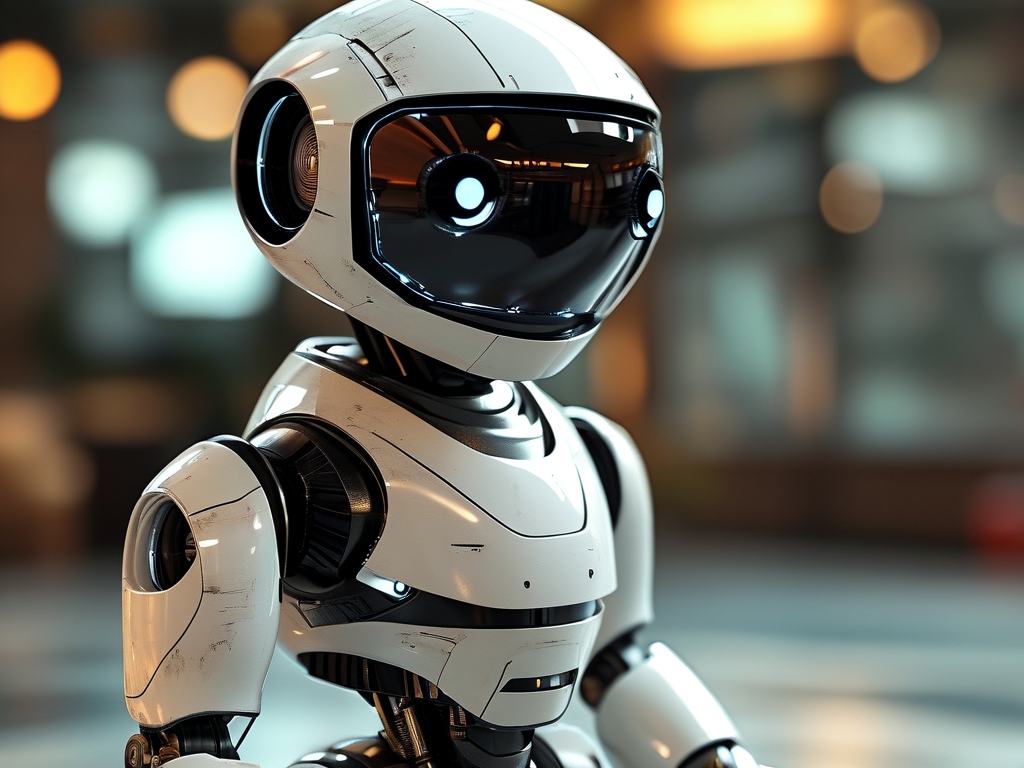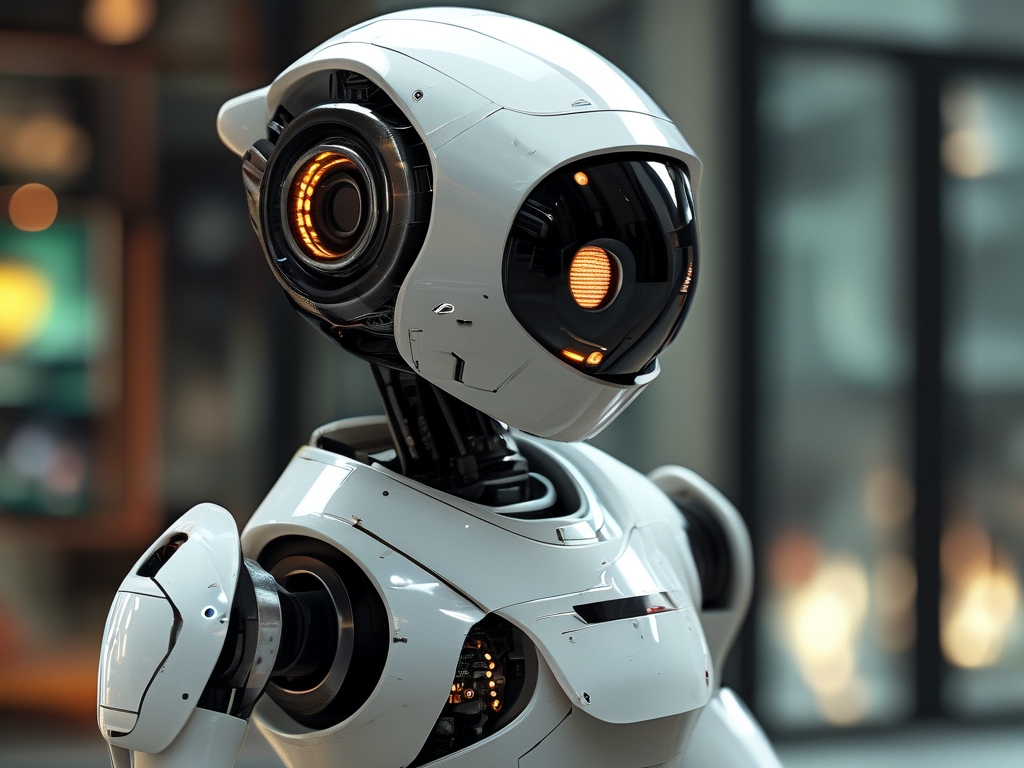The rapid evolution of robotics has ushered in an era where machines are no longer confined to repetitive industrial tasks but increasingly mimic human behaviors and cognitive processes. Mimetic robots-systems designed to imitate biological organisms or human actions-represent a groundbreaking intersection of artificial intelligence (AI), biomechanics, and sensor technology. This article explores the technical principles underpinning these robots, their applications, and the challenges in achieving seamless human-machine interaction.
1. Sensor Integration and Environmental Perception
At the core of mimetic robots lies advanced sensor technology. These robots rely on multimodal sensors-such as LiDAR, cameras, tactile sensors, and inertial measurement units (IMUs)-to perceive their surroundings. For instance, humanoid robots like Boston Dynamics' Atlas use depth-sensing cameras and gyroscopes to maintain balance while navigating uneven terrain. Similarly, robotic hands equipped with pressure sensors replicate the sensitivity of human fingertips, enabling precise object manipulation.
The integration of these sensors generates vast data streams, necessitating real-time processing. Edge computing and neuromorphic chips-hardware inspired by the human brain's neural networks-enable rapid decision-making by reducing latency. This fusion of perception and computation allows robots to dynamically adapt to unpredictable environments, a critical feature for applications in disaster response or healthcare.

2. Machine Learning and Behavioral Imitation
Mimetic robots employ machine learning (ML) algorithms to analyze and replicate human or animal behaviors. Two primary approaches dominate this field:
- Supervised Learning: Robots learn from labeled datasets, such as motion-capture recordings of human movements. For example, OpenAI's Dactyl used reinforcement learning to master complex finger manipulations by observing human demonstrations.
- Reinforcement Learning: Here, robots refine their actions through trial and error, receiving feedback via reward functions. This method enabled DeepMind's AlphaDogfight AI to outperform human pilots in simulated aerial combat by iteratively optimizing its strategies.
A subset of ML, imitation learning, focuses specifically on mimicking behaviors. By combining neural networks with generative adversarial networks (GANs), robots can not only copy actions but also innovate-such as Sony's aibo robot dog adapting its playstyle based on user interactions.

3. Biomechanical Design and Actuation
Mimicking biological motion requires hardware that mirrors the flexibility and efficiency of natural organisms. Soft robotics-a subfield using pliable materials like silicone-enables lifelike movements. Harvard's Octobot, a fully soft autonomous robot, emulates an octopus's fluid locomotion using microfluidic circuits and pneumatic actuators.
For rigid robots, biomimetic designs draw inspiration from nature. Festo's BionicSwift, modeled after birds, achieves agile flight through lightweight materials and adaptive wing mechanics. Meanwhile, hydraulic or tendon-driven actuators replicate muscle function, allowing robots like Honda's ASIMO to walk, run, and climb stairs with human-like grace.
4. Human-Robot Interaction (HRI) and Ethics
Effective HRI hinges on natural communication. Mimetic robots leverage natural language processing (NLP) for speech recognition and sentiment analysis. Social robots like SoftBank's Pepper use facial recognition and emotion-detection algorithms to respond empathetically to users. However, this raises ethical concerns: Can machines genuinely understand emotions, or are they merely simulating empathy?
Moreover, the risk of behavioral oversimplification persists. For instance, caregiving robots programmed to mimic human gestures might lack contextual awareness, leading to inappropriate actions. Ensuring ethical alignment in AI decision-making remains a critical challenge.
5. Applications Across Industries
- Healthcare: Surgical robots like the da Vinci System replicate a surgeon's hand movements with sub-millimeter precision, minimizing invasiveness.
- Education: Humanoid teaching assistants, such as NAO, engage students through interactive lessons and adaptive feedback.
- Entertainment: Disney's animatronic figures use mimetic principles to create lifelike characters in theme parks.
6. Future Challenges and Innovations
Despite progress, hurdles remain. Power efficiency is a bottleneck-mimetic robots often require bulky batteries, limiting mobility. Researchers are exploring biohybrid systems, such as integrating living tissues with robotics, to reduce energy consumption.
Another frontier is cognitive mimicry, where robots replicate human thought processes. Projects like MIT's Cognitive Robotics Lab aim to develop machines that "think" like humans, using models of memory, attention, and reasoning.
Mimetic robots represent a fusion of biology and engineering, pushing the boundaries of what machines can achieve. By mastering perception, learning, and biomechanics, these systems are transforming industries and redefining human-machine collaboration. Yet, as technology advances, society must address ethical dilemmas to ensure these innovations serve humanity's best interests. The journey from imitation to innovation is just beginning.









